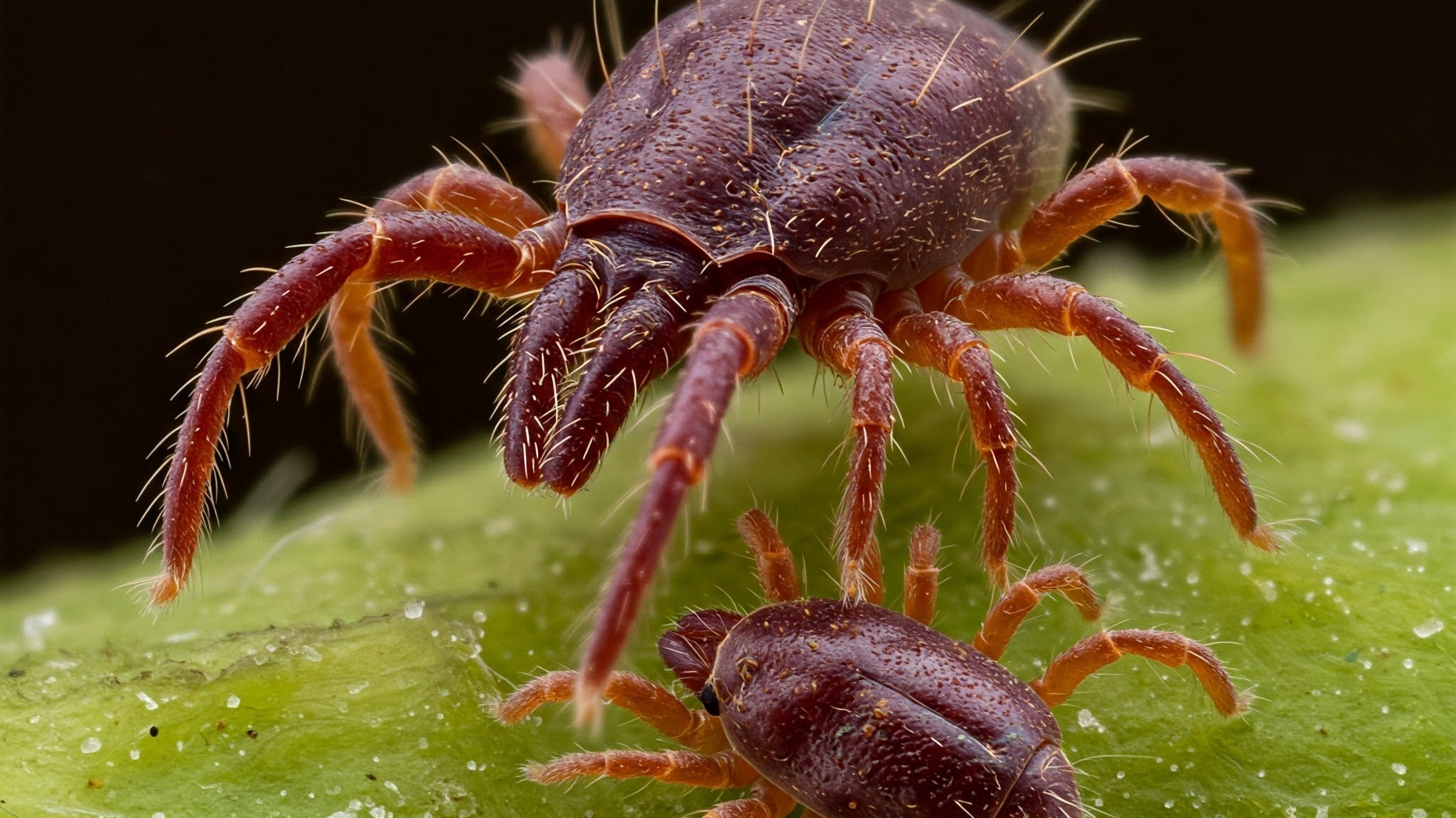Stratiolaelaps scimitus (Hypoaspsis miles)
The Silent Warrior for Soil Pests—and Snake Mites
You won’t see them. You won’t hear them. But you’ll notice what’s missing: pests.
Stratiolaelaps scimitus (formerly Hypoaspis miles) is a stealthy soil-dwelling predator that targets the pests most people forget about—until they’re everywhere. From fungus gnat larvae to root aphids, soil mites, and even snake mites, these mites handle what sprays and surface treatments can’t reach.
Once released, they go underground—literally—burrowing into soil or bedding and tracking pests at the source. Females lay up to 60 eggs, with larvae hatching in just 1–2 days. By day 5–7, you’ve got a growing army of adult predators on patrol for up to six weeks.
Why Choose Bottles?
-
Target Pests: Fungus gnat larvae, thrips pupae, soil mites, snake mites, poultry mites, and more.
-
Special Snake Mite Alert: Effective for managing snake mites in enclosures—your reptiles will thank you.
-
Broad Application: Ideal for greenhouses, gardens, animal enclosures, and container systems.
-
Sustainable Solution: Natural, ongoing pest suppression through their lifecycle.
-
Multi-Stage Control: Targets pests at eggs, larvae, and adult stages.
How They Work
-
Lifecycle:
-
Females lay up to 60 eggs near pest colonies.
-
Eggs hatch into larvae in 1–2 days.
-
Larvae hunt and consume pests, then progress to nymphs over 5–7 days.
-
Adult mites live 3–6 weeks and continue the cycle of pest suppression.
-
-
Soil Integration: These mites naturally integrate into soil, reaching pests hiding in hard-to-access spots.
How to Decide How Many You Need
-
Standard Application: Release 10–30 mites per sq. ft., depending on pest pressure.
-
High-Risk Areas: Increase release rates in areas with dense pest populations.
Pro Tips for Success
-
Deploy Early: Start releasing at the first signs of pest activity for the best results.
-
For Animal Enclosures: Apply directly to bedding or substrate in snake and poultry environments.
-
Special Snake Mite Tip: Apply generously to bedding and substrate in snake enclosures for thorough control.
-
Combine Strategies: Pair with other predatory mites or beneficial insects for even more power.
-
No Pesticides: Avoid pesticide residues to keep your mites safe.
Storage & Shipping
-
Storage: Release immediately upon arrival. If necessary, store at 45–55°F for up to 48 hours.
Too Many Options?
We get it. Try our mite/insect matchmaking quiz and instantly get matched to the solutions you may need.
Mite Matters
Optimizing Pest Management in Cannabis Flowering Using Predatory Mites
How to Treat Snake Mites Naturally with Predatory Mites
The Beginner's Guide to Predatory Mites
Predatory mites are the unsung heroes of plant care, working behind the scenes to protect your plants from destructive pests. Unlike chemical treatments, they offer a natural, self-sustaining solution that requires minimal effort on your part. Whether you’re preventing an infestation or fighting off an active one, these microscopic allies get the job done efficiently and effectively.











